Navratri, the festival that celebrates the divine feminine energy, is a time of profound spirituality and devotion. Among the nine manifestations of Goddess Durga, Maa Siddhidhatri holds a special place. Her name, derived from “Siddhi” meaning perfection and “dhatri” meaning provider, signifies her role in bestowing perfection upon her devotees in all their endeavors. In this sub-blog, we delve deeper into the significance of Maa Siddhidhatri, her iconography, and how to worship her during Navratri.
Maa Siddhidhatri: The Ninth Form of Goddess Durga
Goddess Siddhidhatri is revered on the ninth day of Navratri, known as Navami, a highly auspicious day of the festival. She is associated with the planet Ketu and is believed to rule over the minds of her devotees, inspiring them to lead disciplined and spiritually elevated lives. Her blessings are said to grant Siddhis (spiritual powers), dispel fear, end suffering, fulfill desires, and offer true knowledge.
Siddhis: The Divine Blessings
The ancient texts describe Siddhidhatri as the bestower of Siddhis, which are supernatural powers. While the Markandeya Purana mentions eight major Siddhis, the Brahmavaivart Purana lists 18 Siddhis. These include Anima (shrinking), Mahima (enlarging), Garima (becoming heavy), Laghima (becoming weightless), Prapti (omnipresence), Prakamya (fulfilling desires), Ishitva (lordship), Vashitva (conquering everything), and more.
Iconography of Siddhidhatri Maa
Maa Siddhidhatri is depicted as the original form of Goddess Parvati, draped in a red saree and seated on a fully bloomed lotus flower. She wields various weapons in her four hands: a discus, a conch shell, a mace, and a lotus. Adorned with ornaments and a fresh flower garland, she emanates divine beauty and grace.
The Enigmatic Story of Maa Siddhidhatri
The origin story of Maa Siddhidhatri is awe-inspiring. In a time when the universe was a void, devoid of light, species, and creation, a celestial light emerged. This radiant light took the form of Goddess Mahashakti, who then created the Trinity of Gods: Brahma, Vishnu, and Mahadev. She assigned them their roles and responsibilities in the creation, preservation, and destruction of the world. She blessed them with Siddhis and empowered them.
She also created various gods, demons, galaxies, planets, and everything in existence. All beings in the universe worship her with deep devotion, seeking her blessings for Siddhis and enlightenment.
Worshipping Devi Siddhidhatri
Worshipping Maa Siddhidhatri on the ninth day of Navratri is a cherished tradition. Here’s a step-by-step guide on how to perform her puja:
- Purify yourself with a bath and wear clean clothes.
- Light a ghee lamp, incense sticks, and dhoop in your puja area.
- Perform Aatma Poojan for self-purification.
- Apply tilak on your forehead and do Achaman vidhi (sipping water).
- Perform Kalash Pujan to remove negativity from your surroundings.
- Make a Sankalpa, offering water to the Goddess with a heartfelt wish.
- Offer nine different varieties of flowers.
- Wash the Goddess’s feet and offer water mixed with camphor while chanting the Siddhidhatri mantra.
- Perform a holy bath for the Goddess with cow milk, ghee, honey, sugar, and panchamrit.
- Adorn her with a red saree and jewelry.
- Apply sandalwood tilak, kumkum, kajal, bilvapatra, and druvapatra.
- Recite the Siddhidhatri Aarti with devotion.
- Conclude the puja by inviting nine young girls (Kanya Pujan) for a meal and offering them blessings and gifts.
- Distribute prasad among everyone present.
Mantras for Devi Siddhidhatri
Siddhidhatri Mantra
Om Hreem Shri Siddhidhatri Durgaaye Namaha
9th day of Navratri Mantra
“Om Devi Siddhidatryai Namah”
Siddha Gandharva Yakhsadyairasurairamarairapi |
Sevyamana Sada Bhuyat Siddhida Siddhidayini ||
Ya Devi Sarvabhuteshu Maa Siddhidhatri Rupena Samsthita |
Namastasye Namastasye Namastasye Namo Namah ||
Beej Mantra
|| Jai Mata Di ||
Devi Siddhidhatri Arti
जय सिद्धिदात्री माँ तू सिद्धि की दाता। तु भक्तों की रक्षक तू दासों की माता॥
तेरा नाम लेते ही मिलती है सिद्धि। तेरे नाम से मन की होती है शुद्धि॥
कठिन काम सिद्ध करती हो तुम। जभी हाथ सेवक के सिर धरती हो तुम॥
तेरी पूजा में तो ना कोई विधि है। तू जगदम्बें दाती तू सर्व सिद्धि है॥
रविवार को तेरा सुमिरन करे जो। तेरी मूर्ति को ही मन में धरे जो॥
तू सब काज उसके करती है पूरे। कभी काम उसके रहे ना अधूरे॥
तुम्हारी दया और तुम्हारी यह माया। रखे जिसके सिर पर मैया अपनी छाया॥
सर्व सिद्धि दाती वह है भाग्यशाली। जो है तेरे दर का ही अम्बें सवाली॥
हिमाचल है पर्वत जहां वास तेरा। महा नंदा मंदिर में है वास तेरा॥
मुझे आसरा है तुम्हारा ही माता। भक्ति है सवाली तू जिसकी दाता॥
Nav Kanya Pujan
During Navratri, families invite nine young girls below the age of 13 to their homes and worship them as embodiments of the nine goddesses or nine manifestations of Goddess Shakti. This age-old tradition, known as Nav Kanya Puja, is highly regarded for its ability to please Goddess Durga. The belief behind this tradition is that the feminine gender embodies the primordial energy of creation and these girls represent the very first force that inspired the creation of the universe and the gods, making them deserving of utmost respect and admiration.
During Kanya Puja, the family washes the girls’ feet, ties a red mauli on their hands, and applies a tilak on their forehead. Then, they worship and offer prasadam, including puri, dry black chana, and halwa. Some families also invite and worship a boy of the same age as the form of Bhairava (Shiva). The coconut kept at the altar is cracked open and shared as prasadam among the girls.
This ceremony, also known as Maha Ashtami Kumari Puja, holds great significance in the Navratri festivities. Performing Kanya Puja is believed to help one gain the blessings of Goddess Durga and acknowledge the feminine power bestowed in the female child. Additionally, all the offerings made to the goddess during the nine days are offered to the young girls, making this ceremony an important aspect of Navratri celebration.
Nav Kanya Pujan holds profound significance in Hindu culture. The nine young girls represent the nine forms of goddesses or divine shaktis, and their presence during the puja symbolizes the embodiment of purity and innocence. By honoring these young girls, devotees seek blessings, good fortune, insight, and knowledge. The act of washing the girls’ feet, feeding them, and offering them new clothes is a symbol of devotion, respect, and a recognition of the divine in the girl child.

Navchandi Maha Puja at Rudralife
Navchandi Maha Puja is a special nine-day celebration organized during Navratri, with precise timings guided by the auspicious Muhurat.
Our dedicated team of two pandits, under the planetary influence of Ketu, will lead you through this divine journey. Navratri, an ode to the nine forms of Adi Shakti Devi Durga, embodies profound spiritual significance. This festival, following the lunar calendar, signifies the arrival of both spring and autumn.
Each day, we pay homage to one of Devi Durga’s incarnations, commencing with Devi Shailputri and concluding in grandeur on the tenth day. These rituals, prayers, and introspection encourage new beginnings and spiritual purification.
As a special note, we recommend wearing Rudraksha beads, particularly the 9 Mukhi Rudraksha, believed to carry Devi Durga’s blessings. Wear or gift these beads during Navratri for spiritual elevation.
Our comprehensive Puja includes various rituals, such as Abhishek, Mantra Japa, Homam, and Aarti, to seek the blessings of Devi Durga and invoke her divine grace for prosperity and spiritual growth.
To watch this year’s LIVE Devi Siddhidhatri Puja, click here.
If you wish to organize a Sankalp Puja for yourself or participate in the upcoming Pujas, message us via WhatsApp on +91-72088 19922.







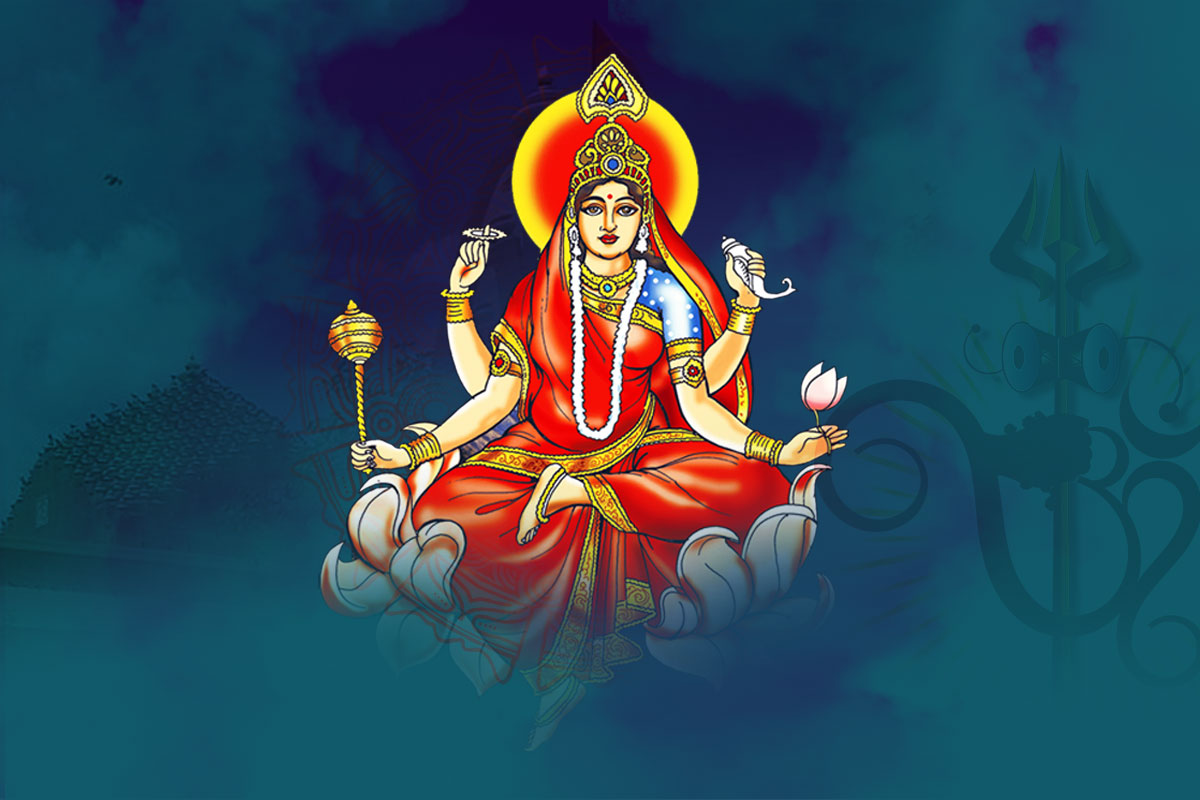
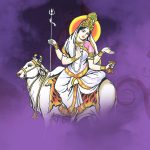



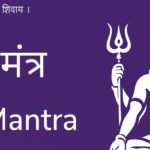
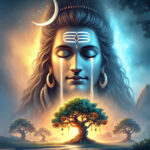
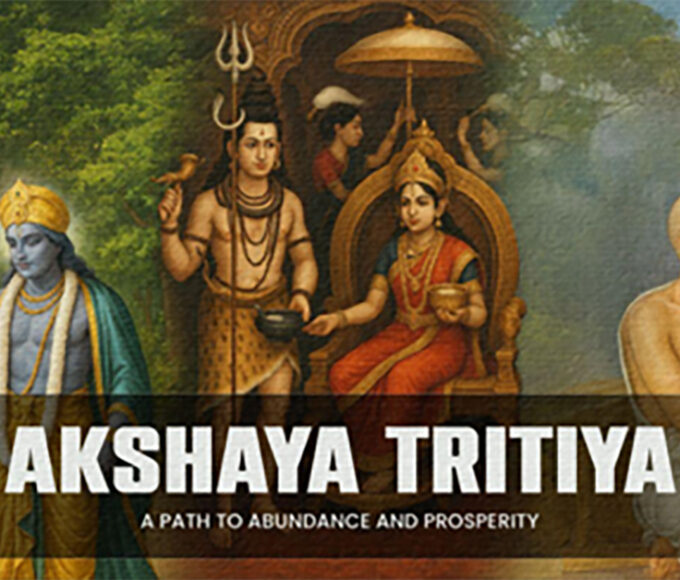
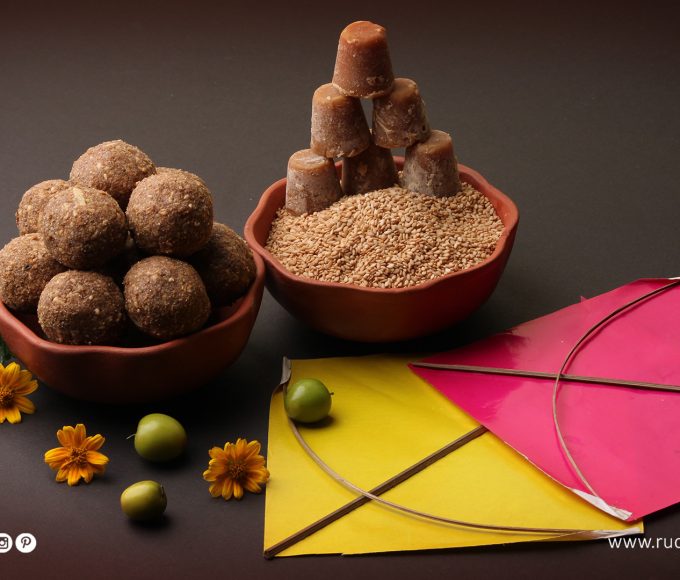
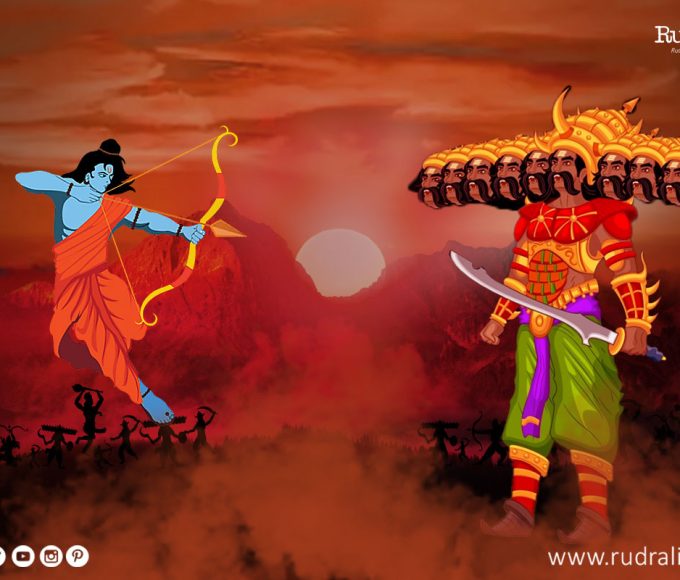
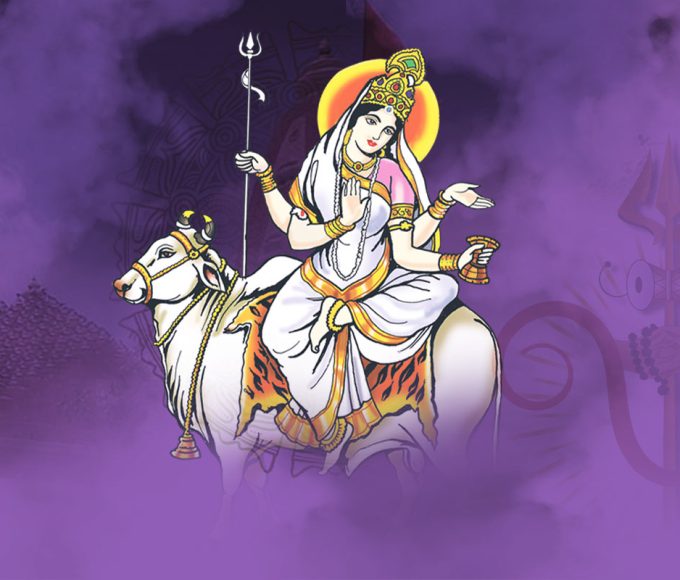
Leave a comment